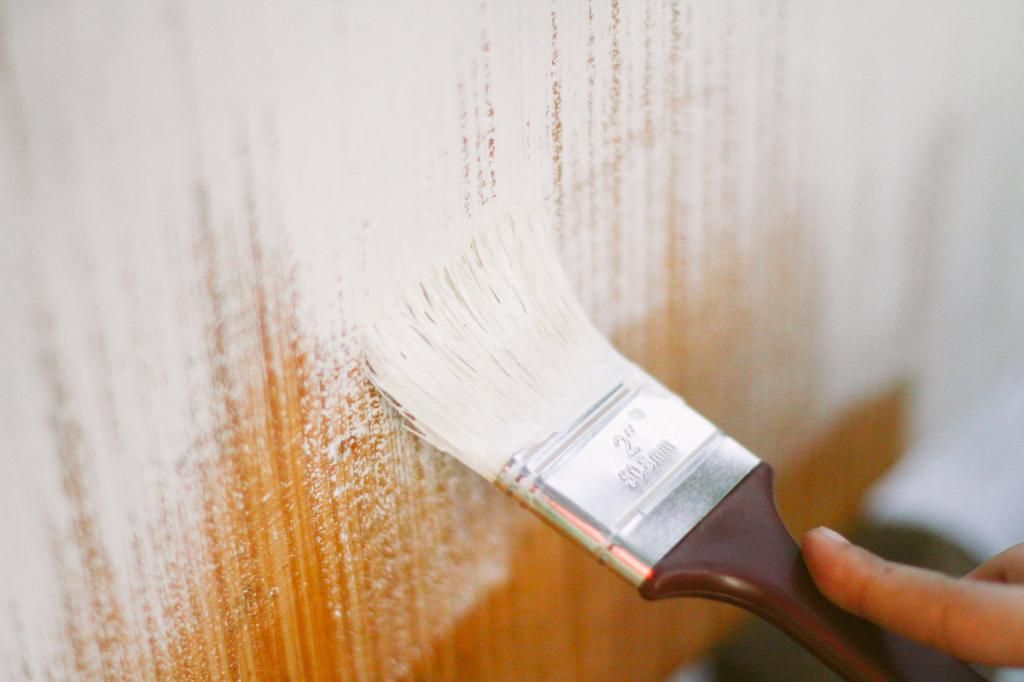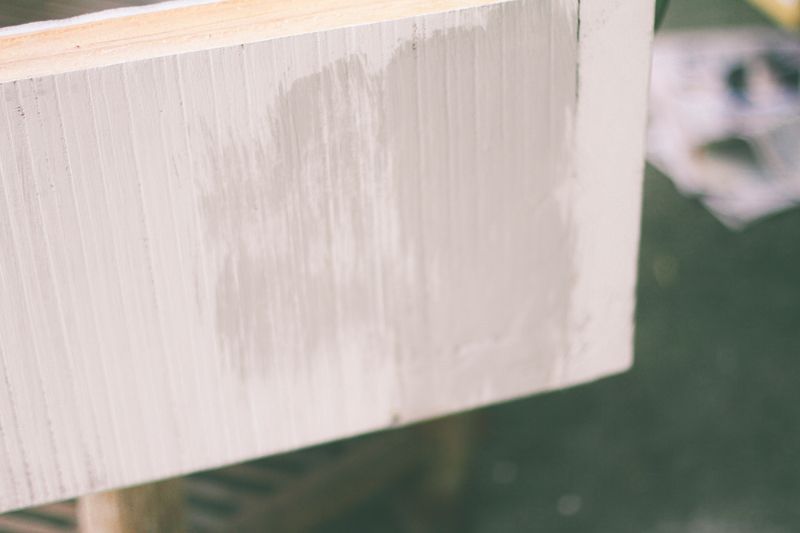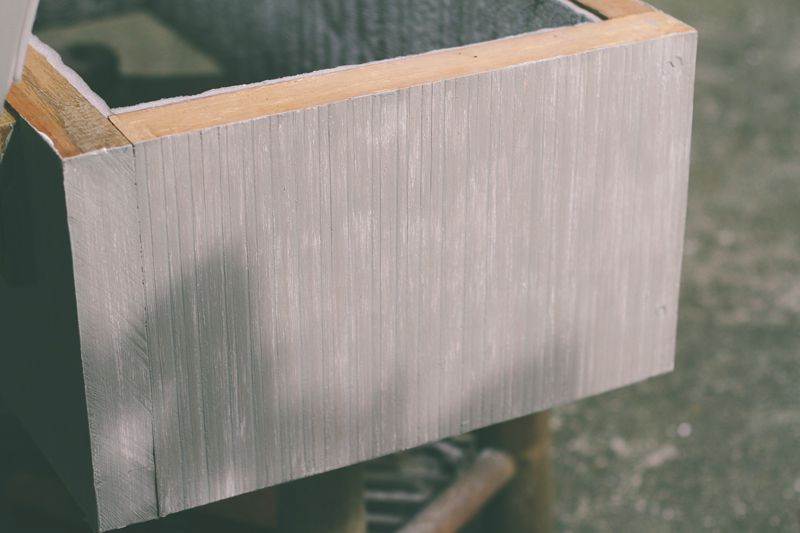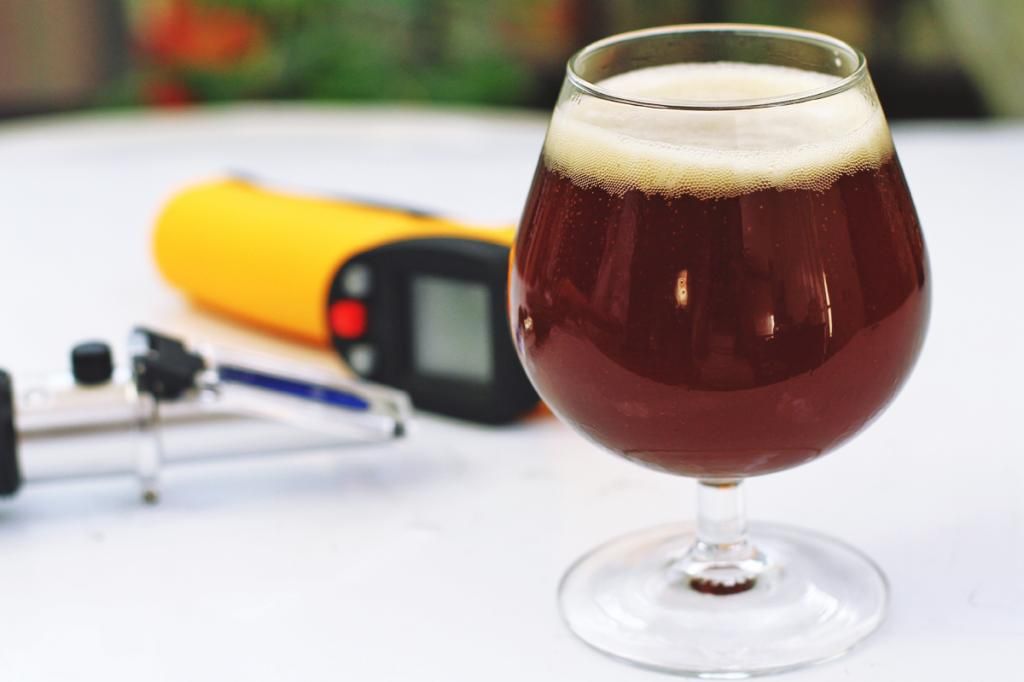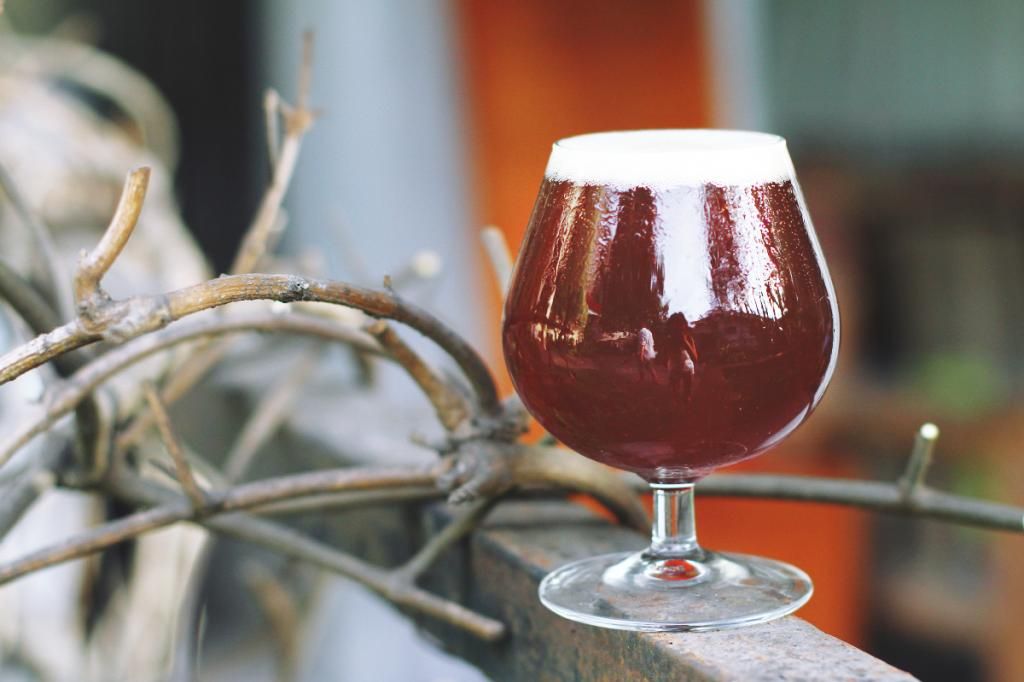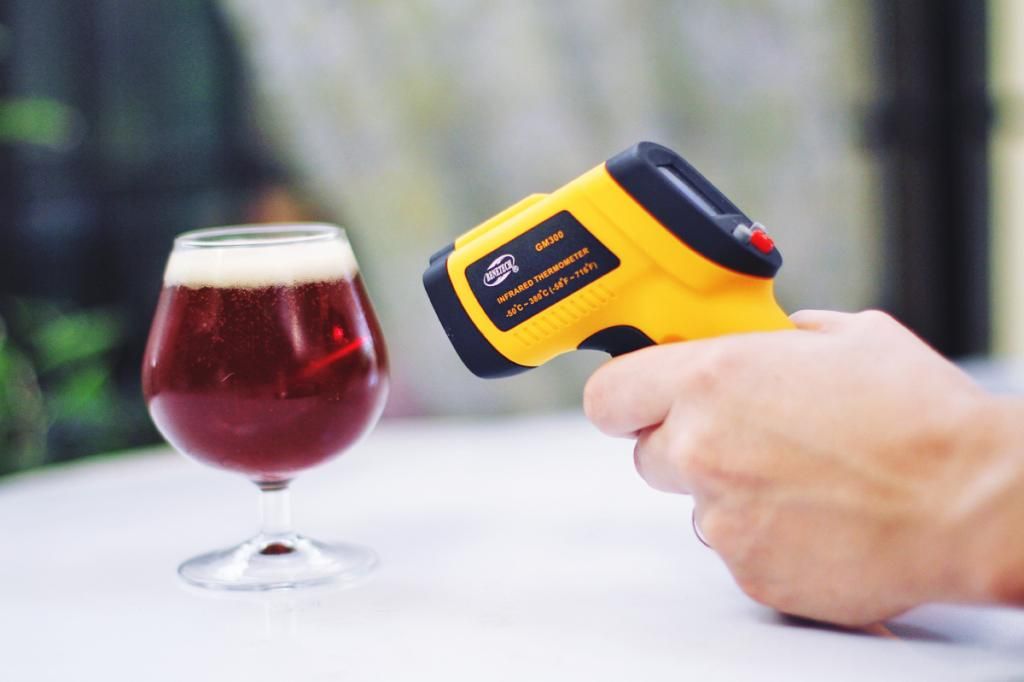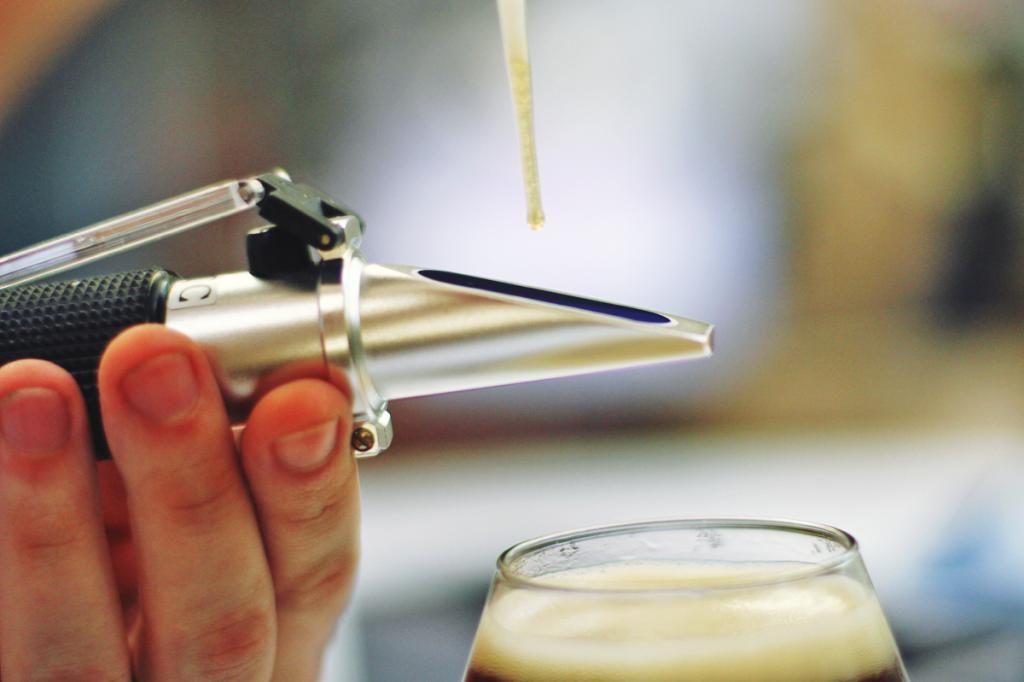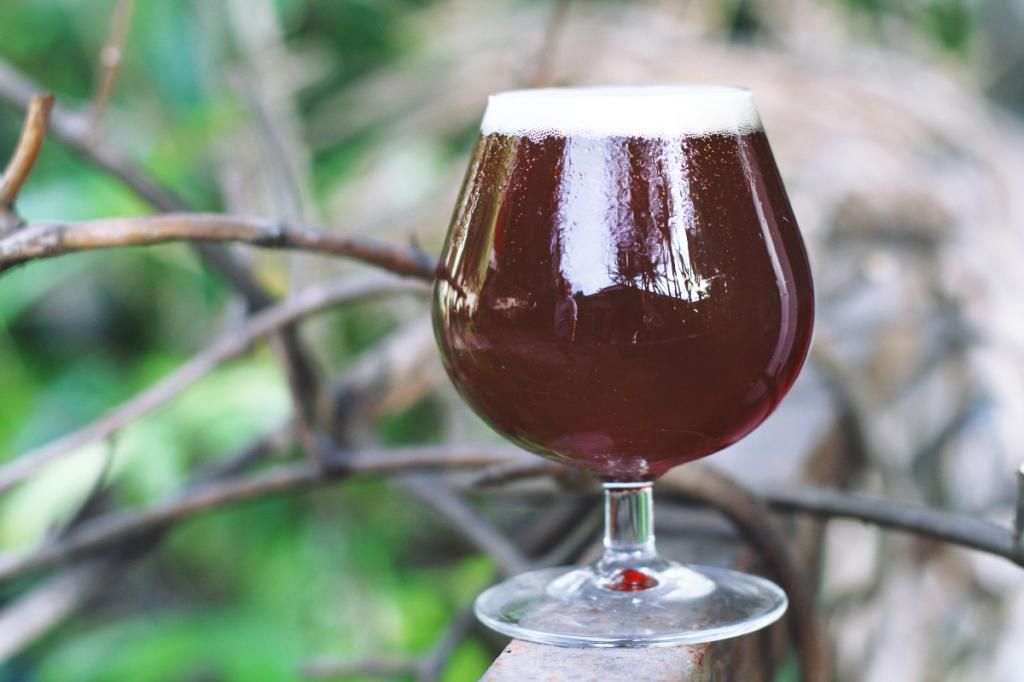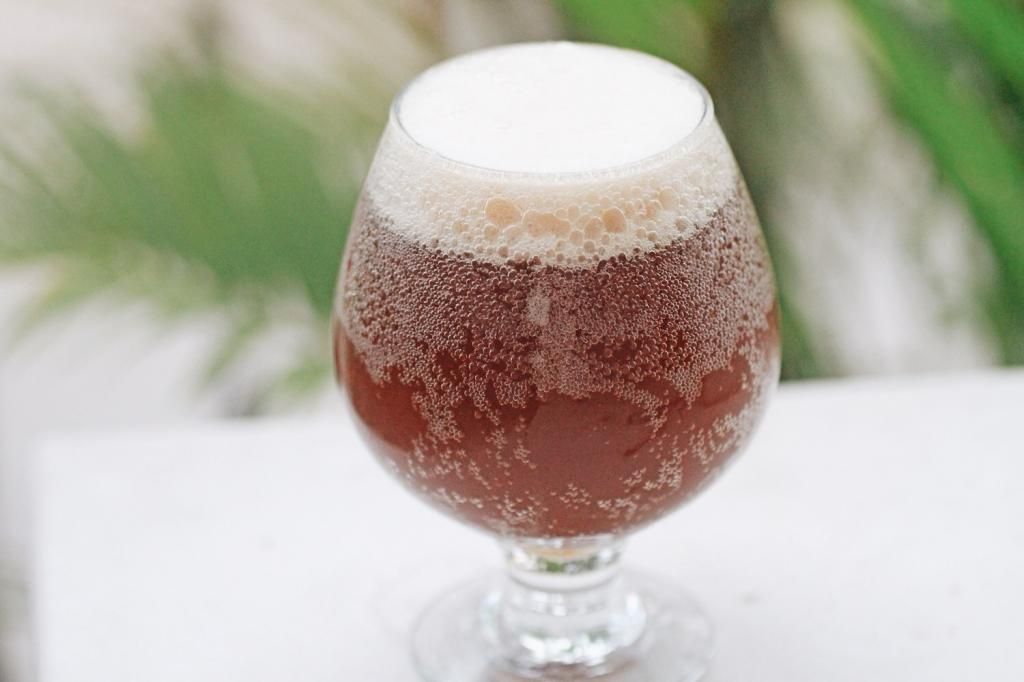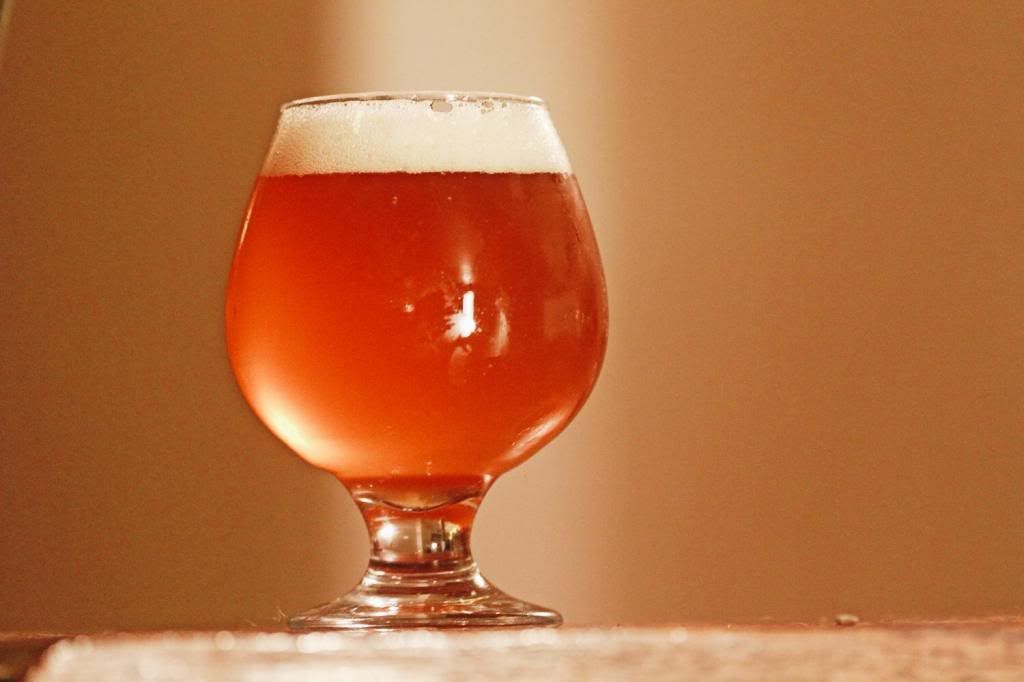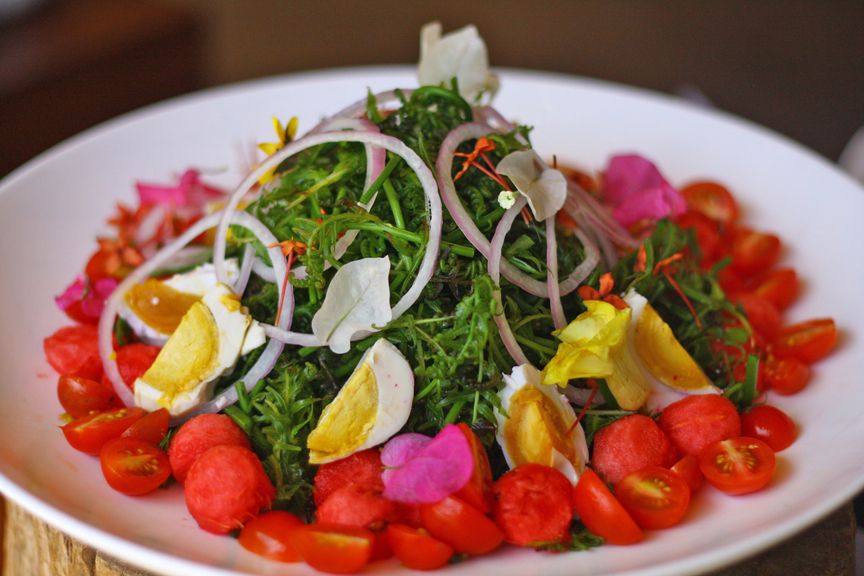We’ve made it no secret we love history here at The Cebruery. We also love brewing very different styles, and using those styles to display the versatility of craft beer. Want something light? There’s a beer for that. Want something dark? There’s a beer for that. Love hops? There’s a beer for that. Prefer something maltier? Try a wee heavy.
Beer has been produced in Scotland for approximately 5,000 years. It’s possible that brewing in Scotland dates all the way back to the Neolithic period – you know, the new stone age. A Pictish Neolithic crock dated to 6500 BC was determined to contain residue of barley and oats, heather and/or heather honey, and assorted indigenous plants. The presence of the two cereal grains suggests that ancient Scots had a rudimentary understanding of fermentation, apparently developed around the same time as their contemporaries in the Fertile Crescent of Mesopotamia and Continental Europe. That’s quite a heritage.
Back then, humans were cultivating cereal grains, so we had access to barley, but we hadn’t yet really discovered hops, so early Scots probably bittered and flavored their primitive beer with meadowsweet or gruit. Gruit was (and is) a combination of herbs that included sweet gale (Myrica gale), mugwort (Aremisia vulgarism), yarrow (Achillea millefolium), ground ivy (Glechoma hederacea), horehound (Marrubium vulgar), and perhaps most importantly heather (Calluna vulgarism), though other adjunct herbs such as black henbane, juniper, ginger, caraway, anise, nutmeg, and cinnamon were used, too. It varied from brewer to brewer, with each one using a different combination of herbs to produce their own unique “house” flavors and effects.
Heather in particular pops up frequently in the annals of Scottish brewing history. Allegedly, pictish heather ale was so coveted by outsiders that the marauding Irish High King Niall obliterated the entire population of Galloway in the fourth century in part to obtain the closely guarded recipe. Legend says that the secrets were never divulged, even in the face of death.
Gruit was gradually phased out beginning around the 11th century as the use of hops became more widespread in Europe. Brewing without hops lasted a little longer in England, and up until the late 16th century, a distinction was made between “ale” (which was unhopped) and “beer” imported from Dutch merchants (which was hopped). Like so much of the history of beer, politics and global events influenced the transition to hops. As we mentioned in our previous post, part of that transition was borne out of health and safety concerns. Elsewhere, Protestant princes encouraged farmers to grow and brewers to transition to hops following the Reformation in an attempt to cut off revenue streams from the Catholic church, which had developed a monopoly on the production of many gruit blends. Some even suggest the transition towards hops was a result of Puritan influence, designed to keep people from enjoying themselves with aphrodisiac and stimulating gruit ales by imposing the sedative effects of hops instead.
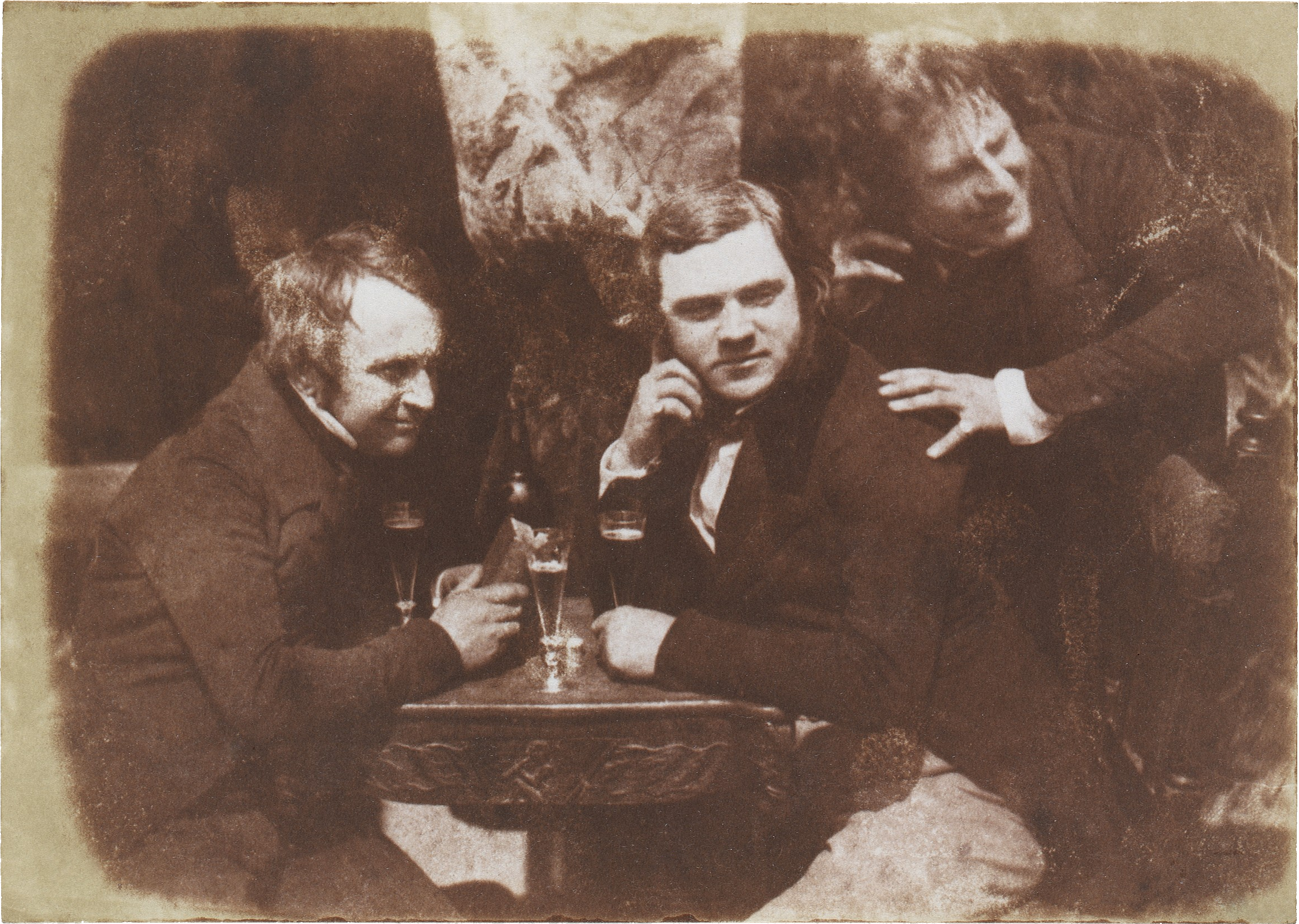
Edinburgh Ale, 1844, by Hill & Adamson. Perhaps the earliest photograph of men drinking beer. Photo via Wikipedia.com
However, the dominating consideration was likely—as it is with so many things—economics. Beer brewed with hops lasted longer and resisted spoilage better than that made with gruit. This increase in “shelf life” enabled beers to be sent farther abroad, enjoyed by more consumers, and weather temperature extremes with greater ease. All these factors meant that brewers who used hops were making more money, and market forces eventually forced the abandonment of gruit.
The use of bittering herbs such as heather, myrtle, and broom persisted in remote parts of Scotland longer than the rest of the UK and Europe, however. Thomas Pennant wrote in “A Tour of Scotland” (1769) that on the island of Islay, “ale is frequently made of the young tops of heath, mixing two-thirds of that plant with one of malt, sometimes adding hops.”
Despite the ingredient preferences, however, the brewing business in Scotland developed similarly—if somewhat emulatively—to the brewing business in the rest of the United Kingdom. Breweries were generally owned and operated by monasteries or by “alewives.” In 1509, Aberdeen, Scotland had over 150 brewers – all women (compared to London figures from the same year, which could boast of 290 brewers, around 60% of whom were women). Commercial brewers in Scotland organized the Edinburgh Society of Brewers in 1575, not too long after the London Brewer’s Guild formed in 1342.
The Acts of Union 1707, however, provided new commercial opportunities for Scottish breweries. Tax on beer was levied at a much lower level than in the rest of the UK, and there was no tax on malt in Scotland. It was during this time that brewing in Scotland really took off, particularly in Edinburgh, with some of the breweries formed during that period still operating today (such as Tennents and Belhaven Brewery).
I say “particularly in Edinburgh” because Edinburgh’s strategic location upon a fault line gives it the perfect soft water for brewing the burly, malty, temperately-hopped beers. This is not to say brewers in other parts of Scotland didn’t have access to harder water more suited for brewing paler or more hoppy ales—they did, and breweries situated near other aquifers began brewing world class pale ales and IPAs. This, however, required the importation of significant quantities of hops from Kent in England—hops simply do not grow in Scotland—and this was something some brewers were often loathe to do, depending on the particular political climate at the time. So brewers in Edinburgh played the hand they were dealt, and began specializing in beers made with ale malt kilned a little darker than their English counterparts, lending their beers more overall depth and color.
So with brewing in Scotland was booming, brewers were keen to export their brews en masse to take advantage of the favorable production conditions afforded them by the aforementioned Acts of Union. In the 18th and in to the 19th century, Scotland was one of the world’s premiere brewing powers. The first photograph of people drinking beer was taken in Edinburgh in 1844 by David Hill and Robert Adansom.

In the 1870s, new legislation was passed assessing duties on beer based on their strength. These duties worked their way in to the vernacular, and to this day, a light Scottish Ale (under 3.5% abv, lightly hopped, malty) is called a “60 Shilling,” a heavy Scottish Ale (up to 4.5% abv, a little darker, a little hoppier) a “70 Shilling,” and an export Scotch Ale (deep amber to dark copper in color, up to 5.5% abv) an “80 Shilling.” The strongest of all Scotch Ales—assessed at 90 or even 100 shillings— was a barleywine-style ale known as a “wee heavy.” The term originated from a combination of the traditional serving size of these stronger beers—often served in 1/3 Imperial Pint “nip” glasses, which were admittedly “wee” when compared to the larger 20 oz glasses—and their alcohol strength—“heavy.”
These higher taxes and duties caused Scottish brewing to enter a period of decline: by 1970, there were 11 breweries remaining in Scotland, down from 280 in 1840. The brewing of traditional styles was in decline, with many breweries switching their output to predominantly lager (which, to be fair, the cool climate of Scotland is very well suited to produce). But since the early 1990s, the small, independent brewing scene in Scotland has come roaring back, and with it an interest in historical Scottish styles.
So at the heyday of the glory of Edinburgh being the capital of the brewing world, we have:
1) the perfect cool, maritime climate for sturdy, heavier, warming beers, and one that’s not so great for growing hops;
2) a history of bittering herbs in lieu of hops;
3) a political climate making brewers hesitant to import hops from their neighbors to the south with whom they often had an acrimonious relationship (England) and a brewing culture that evolved free of taxes on malt;
4) a brewing capital sitting on a fault line providing soft water, high in chlorides and low in sulfates, perfect for accentuating darker, malty beers; and (though we didn’t really talk about it above)
5) a climate that allows for cool fermentation – that is, one that only allows for the survival of yeast that are able to ferment at cool temperatures that suppress ester and hot alcohol formation – and an easy lager-like conditioning of the finished product to round out the flavors
Have we painted you a picture of what a Wee Heavy Strong Scotch Ale probably tastes like yet?
Often called a “Strong Scotch Ale” by those who are too embarrassed to order something called a “wee heavy” out loud at a bar (never a problem in Scotland – remember, this is a country where grown men wear skirts), a wee heavy can be light copper all the way to dark brown in color, often with ruby highlights. A large, tan head is expected, though it may not persist long with the higher alcohol content and low carbonation. The aroma should be deeply malty, with caramel often apparent and dominating, though peat, earth, and smoke can provide secondary complexity; hints of alcohol and minimal esters can be present in the nose, but shouldn’t dominate. The flavor should be richly malty, with kettle caramelization—complex caramelized reactions caused not by the use of specialty malts but instead by Malliard reactions that occur in the boil kettle during a prolonged two or even three hour-long boil—contributing nutty, toffee-like, and smoky flavors. Malt complexity can come across as plums, raisins, or dried fruits, and hop flavors and bitterness should be low. Carbonation (as was mentioned above) should be low to moderate – no bright, crisp effervescent zip here. Alcohol can range from 6.5% up to 10% or even higher.
So how does our Fat Bottomed Girl stack up? We think she more than holds her own against this illustrious brewing history. A dark ruby-hued body, the aroma is full of dark, malty caramel, gentle spice, and dark, plum-like fruit notes. Clocking in at 8.8% alcohol and with a final gravity in the low 20s, our Girl has plenty of residual sweetness – hints of rum raisin, dark pumpernickel bread, and molasses-coated figs mingle with faint smoky and nutty notes, the result of a 2.5 hour boil and dark English crystal malts being used in the grist. Hop bitterness clocks in at a low 28 IBUs – enough to prevent the sweetness from being cloying, but hardly even an afterthought compared to all the maltiness goin’ on up in here.
We also have a few special kegs of Fat Bottomed Girl that have been aged on whiskey-soaked guava wood. Ask for them if you actually took the time to read to the end of this blog post!




















